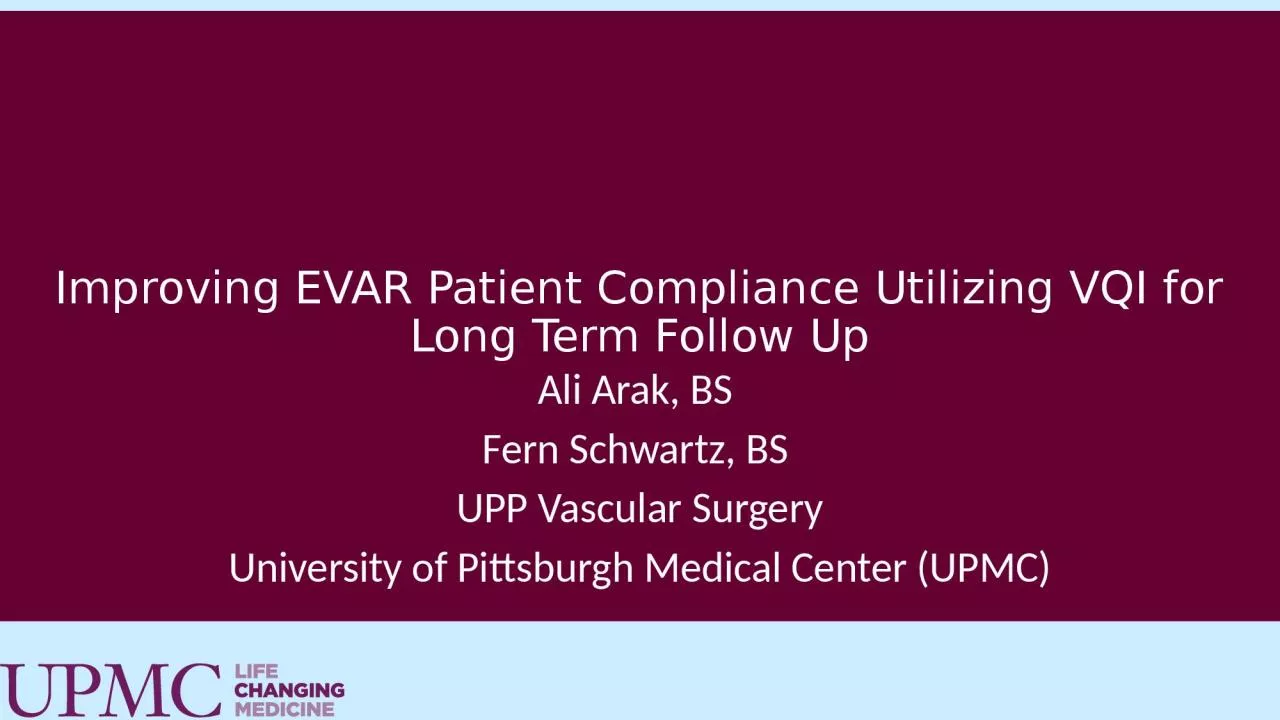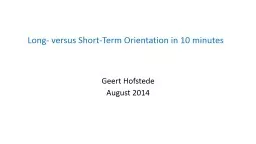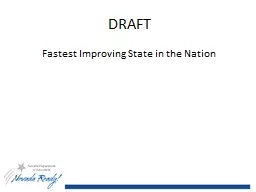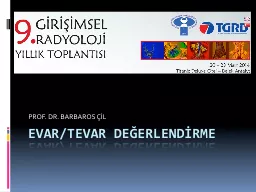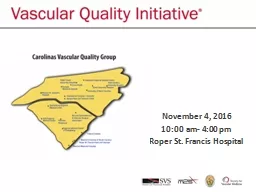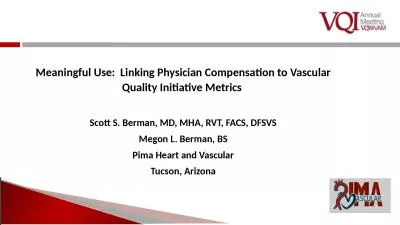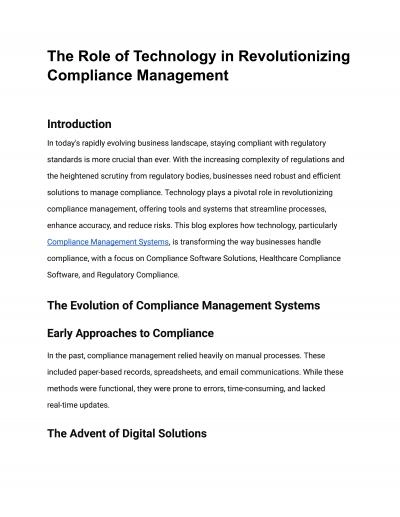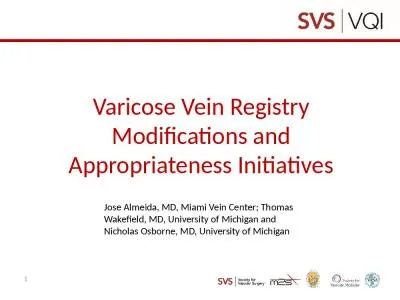PPT-Improving EVAR Patient Compliance Utilizing VQI for Long Term Follow Up
Author : candy | Published Date : 2022-06-13
Ali Arak BS Fern Schwartz BS UPP Vascular Surgery University of Pittsburgh Medical Center UPMC Objectives Create a streamlined process that incorporates VQI data
Presentation Embed Code
Download Presentation
Download Presentation The PPT/PDF document "Improving EVAR Patient Compliance Utiliz..." is the property of its rightful owner. Permission is granted to download and print the materials on this website for personal, non-commercial use only, and to display it on your personal computer provided you do not modify the materials and that you retain all copyright notices contained in the materials. By downloading content from our website, you accept the terms of this agreement.
Improving EVAR Patient Compliance Utilizing VQI for Long Term Follow Up: Transcript
Download Rules Of Document
"Improving EVAR Patient Compliance Utilizing VQI for Long Term Follow Up"The content belongs to its owner. You may download and print it for personal use, without modification, and keep all copyright notices. By downloading, you agree to these terms.
Related Documents

